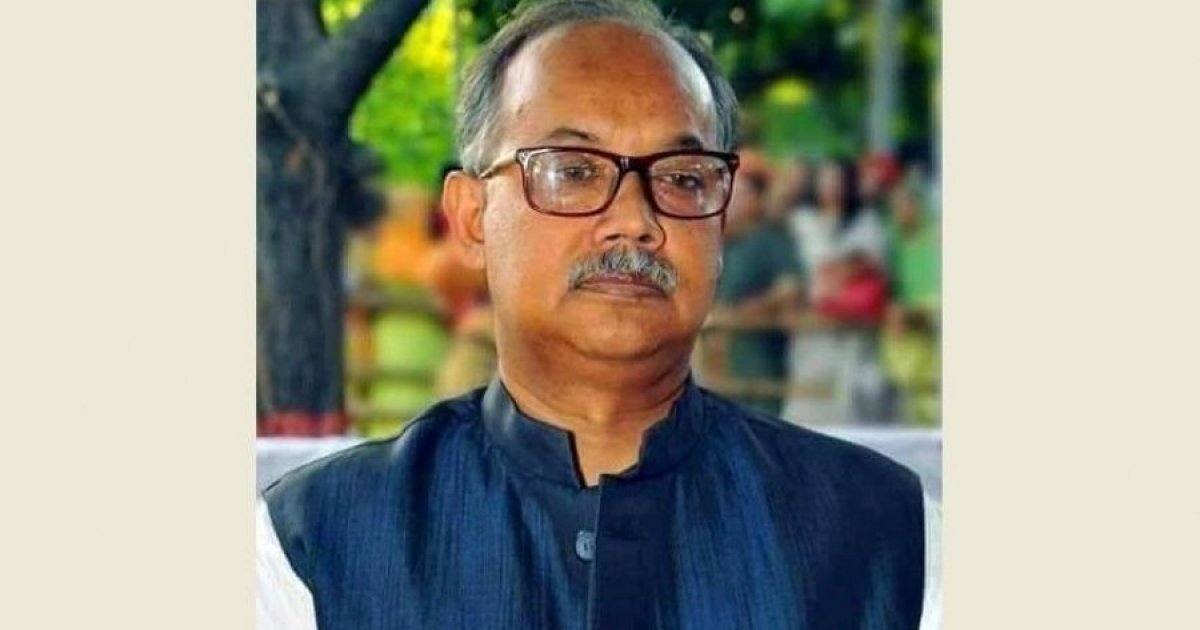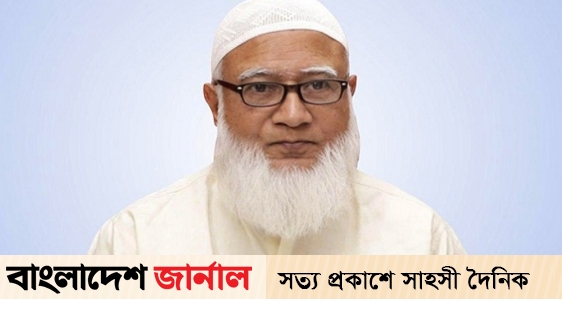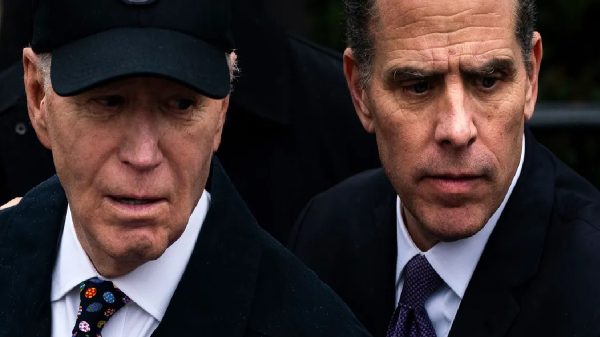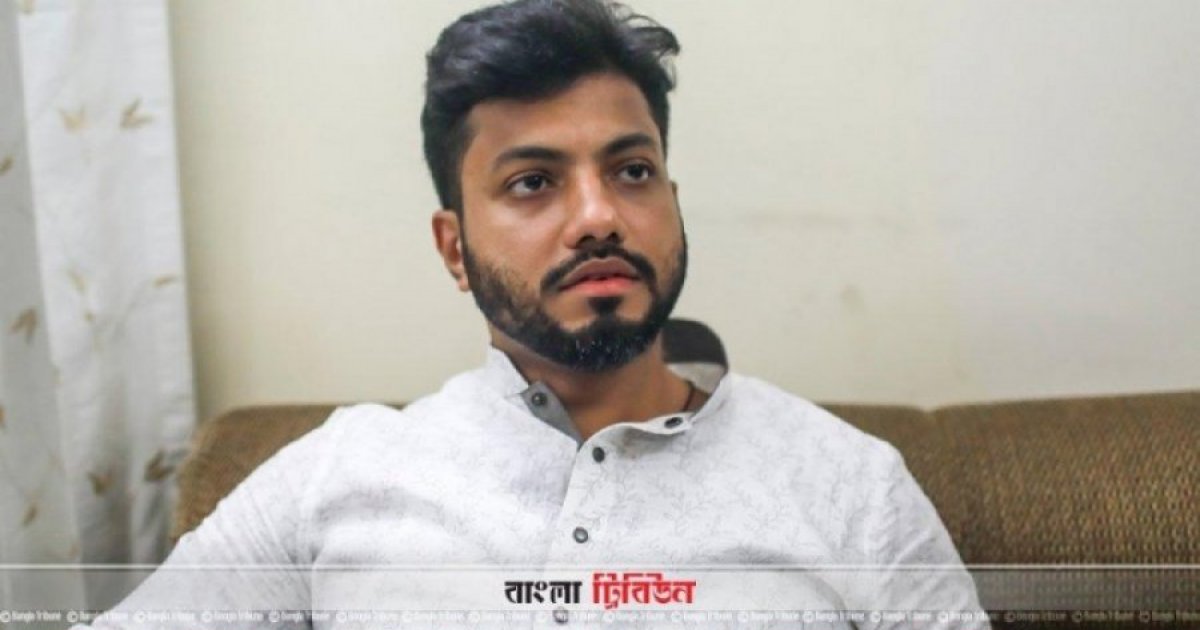Exploring the causes behind the Hindu-Muslim conflicts in India, and understanding why the term ‘communalism’ is a wrong word to denote these clashes
The Hindu-Muslim divide and the clashes that result from this divide in India is generally termed as ‘communalism’ or sampradayikata by the mass media. However, this divide and the religious clashes are not a simple matter of communalism; a term introduced by 18th century British historians with poor understanding of the Indian society, religiousness, culture, and politics.
The foreign invading Muslims and the converted Indian Muslims
Hindus have been resisting the foreign Islamic invasions since 8th century CE, and the basic ideology behind these constant resistances was to stop the foreign forces that were invading lands and destroying lives of people, as they had a completely different sense of ethics and values in life. The Islamic invaders had a different set of religious beliefs that were exclusive and rigid in nature, with strong expansionist ideologies that believed in completely dominating the conquered, and eradicating the ones that refused to be subjugated. While initially the Muslims from Arabia and Afghanistan came to invade, later it were mainly the Turkish Muslims that entered India.
Standing separate from these foreign Islamic invaders are the Indian Muslims, who are a break away from their original Indic religions (ex-Hindus/Buddhists/Jains, etc.), who constitute almost 98 percent of the Muslim population in India. The foreign Muslim population that entered India as invaders and later as job seekers from Turkey, Iran, Arab, etc., constitute the remaining 2 percent. The Muslims that had ruled India in the medieval era came from this 2 percent, and they treated the rest 98 percent that constituted of converted Muslims with disdain. While Hindus were brutally persecuted and lost their wealth, the ones that converted to Islam over centuries lost much more; wherein in one stroke they lost their innate moral and ethical values, cultural heritage, and a way of living that had been preserved for thousands of years. Conversion doesn’t just mean a shift in religion, it goes much deeper than that, and constitutes a complete change in social living, and a forcible uprooting of age-old cultural and traditional values that had sustained them over centuries.
The Hindus and Buddhists that converted at various points in the timeline of Indian history found themselves suddenly cut off from their old way of living, cultural values, ethics, and social customs. They entered a new world, which did not recognize their land and former religion as good. Instead, the faith, systems, and beliefs of the foreign land from where the religion had originated were strictly imposed, and these were declared as superior than the Indic ones. The converted ones were forcibly made to believe that they came from an inferior race, and the superior foreign conquerors were their rightful owners. Thus, these people entered Islam as inferior refugees, who had lost their social and cultural world. They were constantly brainwashed about the inferiority of their old world, and soon within one or two generations, the brainwashing took effect and became a part of their beliefs. This de-culturing was part of a well-planned system that aimed at allowing the foreign Muslims (Turks and Afghans, mostly) to exploit the converted Indian Muslims, both socially and economically.
The world of economy functions with different goal realities that had very little to do with this shift in religion. The poor Hindus and Buddhists, chiefly from the artisan classes, who converted under persecution, remained poor. The Turks and Afghans that invaded India were martial people and fortune seekers, simply wanted some people converted to their faith who would do the menial and domestic works, run errands, and give some basic security. Thus, even as they followed their religious dictates of converting kafirs, these conversions actually helped them acquire slaves. The converted Indian Muslims, also termed as the Ajlab Muslims, were treated with great disrespect by the Islamic rulers, right from 712 CE to 1860, when the British finally took over. The ex-Hindu Indian Muslim population were thus cut with four sharp points – a cut off from their natural roots, a loss of cultural identity, a complete shift from ancient academics and traditions, and turning into slaves under foreign Muslim rulers with no improvement in finances.
The invading foreign Muslims, also known as the Ashrafs, did not fully recognize the Ajlab Muslims (converted ones), and this social hierarchy remained throughout the Islamic rule, degrading the lives of the converted Muslims much more than the Hindus. The Ajlabs could not even enjoy a middle ranking official position, as stated in a 1998 research paper by Ashoke Dasgupta (Bharate Islam/Islam in India). In this research paper, while enlisting 200 names of various amirs, subedars, umarahs, etc., it was found that there was not even a single name from the converted Indian Muslims. There is only one example of a converted Indian Muslim sitting on the Delhi throne, but that too for a brief period (Nasiruddin Khusrau Shah, from 7th April 1320 to 6th September 1320). The foreign Muslim rulers, popularly known as Sultanates and Mughals, divided the Indians into two categories – Hindus (exploited class) and Ajlabs (enslaved class). While Hindus suffered persecution and lived as destitutes in their own homeland, their roots remained intact; the Ajlabs, on the other hand, suffered psychologically, as they realized after conversion that they belonged nowhere.
Why the term ‘communalism’ is wrong while defining the Hindu Muslim conflict in India
The term Communalism is a western construct and fails to define the complex relationship between the Hindus and Muslims living in India. Communalism refers to any activity that is done by or shared by all members of the community, such as, collective, mutual, joint, common, public, etc. Marxist nations especially have this system of communalism, where they have daily routines of living collectively, based on their common beliefs. In India, however, the white scholars and their brown counterparts in India, have used the term ‘communalism’ in a derogatory sense. While the two groups, Hindus and Ajlab Muslims, have been living in the same land, the intolerance for each other cannot be described as communalism.
A look back at European history, shows that the word communal was used to describe the incessant clashes between small communities that were a common feature in all states of the Continent at medieval times. These clashes later took violent form, when various sects within Christianity clashed against each other. Christian Europe was never fully Catholic, and the violent persecution of various sects other than the dominant one, continued into the modern era; however, they were all within the same community, that is, Christianity. The normal way of living or the riots between Hindus and Muslims in India, are in no way similar to these European Christian community clashes; hence, cannot be termed as ‘communalism’.
Prior to the recent migration (both legal and illegal) tsunami of Muslims into Europe, in earlier times Europe had no experience of co-habiting with Islam as part of the Christian State and societies. So, the white western scholars, who imposed the term ‘communalism’ on the Indian Hindu-Muslim issues, had no prior experience in terms of social and political contexts, to identify the problems of living with Islam.
The British when they first arrived in India, had thought the Indian Muslims had strong bonds with Arabic Peninsular Muslims, and they together formed a single religious entity as a monolith. However, they were soon proven wrong in their preconceived notions. In India, Islam was forced to adopt many indigenous traditions, giving it more a heterogenous feature. Despite pressure from the ruling Sultans and Sufis, Islam in daily lives of Indians developed separately from centralized political control, and kept many of the Indic cultural roots intact.
In India, the Muslims do not have a monolithic society, and there are various layers to it. Besides that, the Indian Muslim society has three folds to it:
the divide between Ajlabs (98 percent of Indian Muslims, who are descendants of converted Hindus) and Ashrafs (2 percent of the Indian Muslim population who have foreign ancestry); the exploitation of the Ajlabs by the Ashrafs from the time conversion started; and the Ashrafs mobilizing and using the Ajlabs to fight against Hindus.
The Ajlabs that are controlled by the Ashrafs are used as political and religious weapon, through the Ulemas that motivate them to fight against the Hindus. Besides the use of various quotes from Islamic scriptures to motivate the Ajlabs against Hindus, they are often made to fight using the lure of money and promises of other benefits, such as houses. Thus, this way the call of jihad manages to percolate through the otherwise multilayered Islamic society in India, and shows a skilled mechanism that has been sharpened over the years through regular practice. It was this mechanism, which has been widely used in the conflicts between Hindus and Muslims, from end of 19th century, peaking during the 1946 Direct Action Day riots and Noakhali riots, followed by the Partition riots in 1947. The Direct-Action Riots in Calcutta (1946), and the Noakhali riots (1946), both were planned to create terror among the Hindus. A handful of Ashraf Muslims (foreign ancestry) joined hands with the British government, and incited the Ajlab Muslims to kill, rape, and loot the Hindu community in a most vile and horrific manner. This diabolical mechanism, which started in a well-organized manner in the 19th century, still continues unabated in the Indian subcontinent, example – Kashmir Hindu genocide in the 1990s.
Summing it up
Thus, the ex-Hindu Indian Muslims’ real problem is social, religious, and cultural alienation from the civilization of the land that they live in. Once part of the same civilization; however. now with the roots cut off, they don’t belong to it anymore, which gives a sense of insecurity and resentment. This dilemma of rootlessness, is a major cause of the problems associated with Indian Muslims. In the Indian context, the Hindu-Muslim conflicts don’t fit into the frame of Europe defined term ‘Communalism.’ Instead, it is more closely associated with a sense of socio-cultural alienation, a feeling that was earlier exploited by the foreign ruling class Muslims, and now by the politicians for their own benefits.
Please follow Blitz on Google News Channel
Monidipa Bose-Dey, Special Contributor to Blitz is an author, columnist, and independent researcher; with a special focus on heritage, history, and political history of the Indian Subcontinent.
exploring-the-causes-behind-the-hindu-muslim-conflicts-in-india-and-understanding-why-the-term-communalism-is-a-wrong-word-to-denote-these-clashes















Leave a Reply